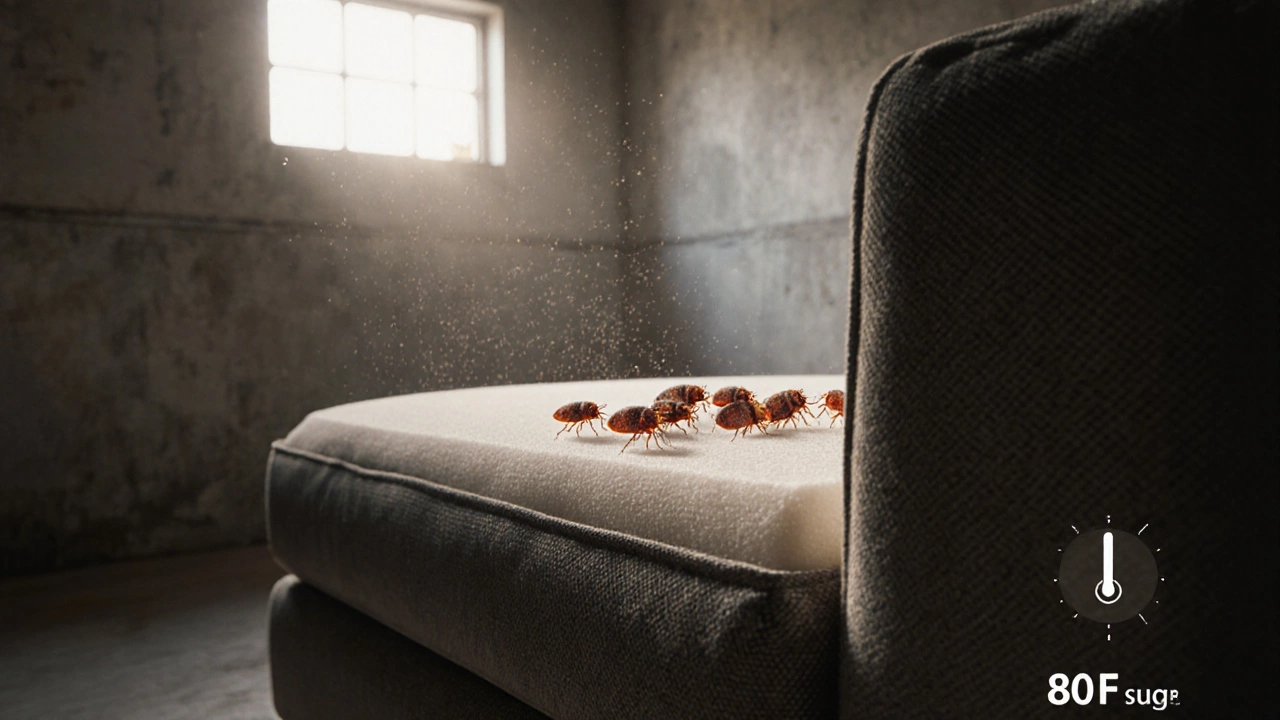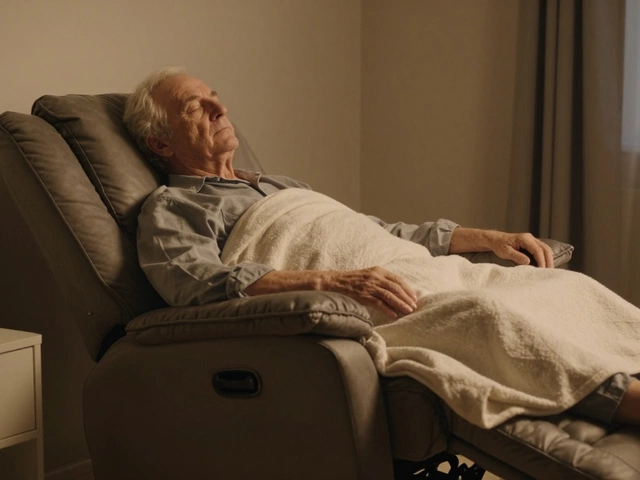Bed Bugs Lifespan: What Every Homeowner Should Know
When dealing with bed bugs lifespan, the period a bed bug lives from egg to adult and the typical adult lifespan. Also known as bed bug life cycle, it determines how quickly an infestation can grow.
Understanding bed bugs, tiny blood‑sucking insects that hide in cracks, seams and fabric is the first step. Their life cycle includes three main phases: egg, nymph (five molts), and adult. Eggs hatch in 6‑10 days under warm conditions; each nymph stage lasts about a week, and a fully grown adult can survive 2‑6 months without feeding if the environment is cool. Temperature, humidity, and the availability of a blood meal are the three biggest levers that stretch or shrink the timeline. A warm room (around 80°F/27°C) can compress the entire cycle to just a few weeks, while cooler homes slow it down dramatically.
Why Lifespan Matters for Your Bedroom Furniture and Storage
The length of the bedroom furniture, beds, headboards, dressers and built‑in wardrobes that make up your sleeping area directly influences how easily bed bugs can hide and reproduce. Upholstered headboards, soft mattress toppers and fabric‑lined drawers provide perfect hiding spots for eggs and nymphs. A mattress that isn’t encased allows bugs to move freely, extending their feeding window and lengthening the overall lifespan of the colony. Likewise, mattress, the primary surface where bed bugs feed at night acts as a staging ground; regular rotation, vacuuming and the use of protective covers can interrupt the cycle and force adults to starve, effectively shortening their natural lifespan.
Even items you store away aren’t safe. Storage units, climate‑controlled or regular spaces where you keep seasonal clothing, luggage or heirloom furniture can become dormant reservoirs. If humidity is high and temperature fluctuates, bed bugs can survive for months, waiting for a new host. Proper sealing, using airtight containers and keeping storage areas dry are key tactics that reduce the chance of a hidden population reviving when you pull items back into your bedroom.
All of this means the longer the bugs can stay alive, the more chances they have to spread. By shortening their lifespan—through temperature control, reducing food sources, and eliminating harborage spots—you dramatically cut the risk of a full‑blown infestation. Custom bedroom solutions can help: built‑in wardrobes with smooth interiors, removable drawer liners, and mattresses with zip‑per encasements all create environments where bed bugs struggle to survive.
Below you’ll find a curated set of articles that dive deeper into each of these areas—how to pick the right anchor for heavy furniture, the best neutral couch colors to hide stains, ways to protect outdoor furniture, and the practical steps to store your pieces safely. Use them as a toolbox to keep your home comfortable, stylish, and bug‑free.
Bed Bug Survival on Stored Furniture: How Long Do They Live?
Learn how long bed bugs can survive on furniture in storage, what factors affect their lifespan, and how to prevent infestations before they become a problem.







